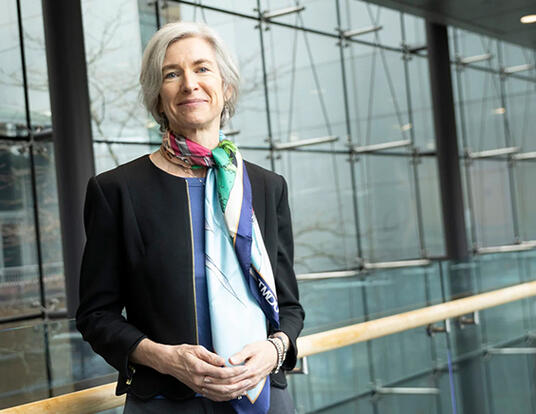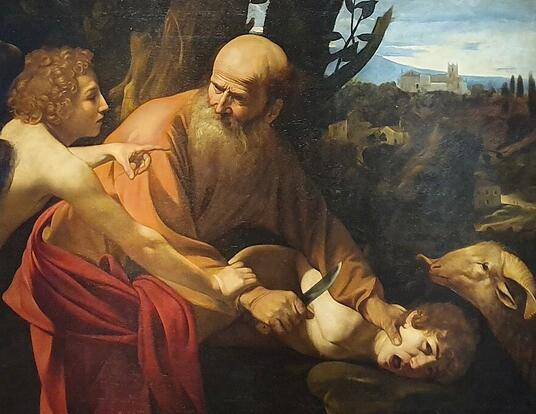In 2001, Alex Fattal was in Bogotá, Colombia, studying the country’s ongoing conflict with rebel militias on a Fulbright fellowship. He had just graduated from Duke University and, feeling restless within the academic routine, found himself drawn to the barrios de invasión on the city’s outskirts, ad hoc villages carved out of the surrounding hills by refugees. “They’re dangerous communities, microneighborhoods controlled by a certain gang, which might be sponsored by a certain armed group, so it’s not like they’d escaped the war entirely,” Fattal says. Wanting to contribute, he got in touch with an informal school in the barrio, and offered to teach its children how to shoot.
He came armed with fifteen plastic cameras. The fact that we shoot a camera as we shoot a gun is mere linguistic coincidence for most. For Fattal, a sixth-year PhD student in anthropology, it is the organizing metaphor of a growing body of work investigating the intersection of visual media and armed conflict — how photography can be used to wage war, and to promote peace. The project that brought him to Bogotá was an exploration of the divide between how the conflict was represented within Colombia and how it was represented in international media, where nuanced depictions of a society grappling with violence were eschewed for splashes of burned-out villages and child soldiers. The idea of teaching displaced children photography, he says, seemed like a way of restoring some of the narrative of the conflict to those most touched by it.
In addition to assigning four themes for the children to explore in their pictures — memory, family, future, and fear — he showed them books of photographs, talked about which they liked best, and introduced them to the notion of thinking in rectangles. In his most popular lesson, he taught them how to make simple pinhole cameras from boxes.
The pictures that resulted were exhibited in a nearby house of culture, and the opening event earned widespread coverage in Colombian national media. “There was this notion that the kids were artists, and creative agents, rather than just victims,” Fattal says. The photographs have been shown at Harvard’s Peabody Museum and at the United Nations on World Refugee Day, among other venues, but the exhibition Fattal is most proud of was closer to home: immense versions of some of the photographs were reproduced in the barrio, on the exterior walls of the houses of the children who took them. When several schools approached Fattal asking to replicate his program, he founded a nonprofit, Disparando Cámaras para la Paz: Shooting Cameras for Peace.
The connection between cameras and peace in Colombia has become especially apparent in recent years, as the country’s Ministry of Defense has opened a new front in its war against the rebels — a front found not in a swamp or jungle, but on YouTube. Since arriving at Harvard, Fattal has centered his studies on the Ministry’s efforts, with the help of advertising agencies, to tip the narrative of the 50-yearold conflict. In one campaign, a series of advertisements convincingly replicating beauty-product spots invites guerrilleras to “Feel like a woman again. Demobilize.” Another, Operation Christmas, decorated motion-activated trees along remote rebel pathways, displaying the message “If Christmas can come to the jungle, you can come home.” The campaigns have received huge amounts of attention online, and Colombia claims they are responsible for thousands of new defections.
With rebel numbers down to half their 1990s peak, a possible end to the long conflict seems finally within reach. And as representatives from FARC and the Colombian government meet in Oslo and Havana for the first peace negotiations in over a decade, Fattal is planning new ways to bring these questions out of the ether and back into the concrete experience of Colombians. Recalling the success of his lesson on pinhole cameras, he devised a way to replicate it on a massive scale — by making a pinhole camera out of a truck. “The idea is to take the truck camera around the country and interview people about their life histories and their expectations for peace. So the truck is a kind of mobile photo studio, with the inverted image of the outside world projected inside” — a living metaphor for how war turns people’s lives upside down, and how images can testify to the experience.




